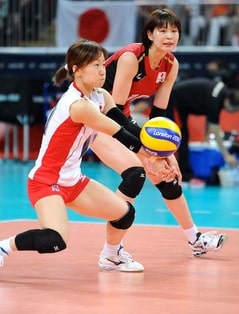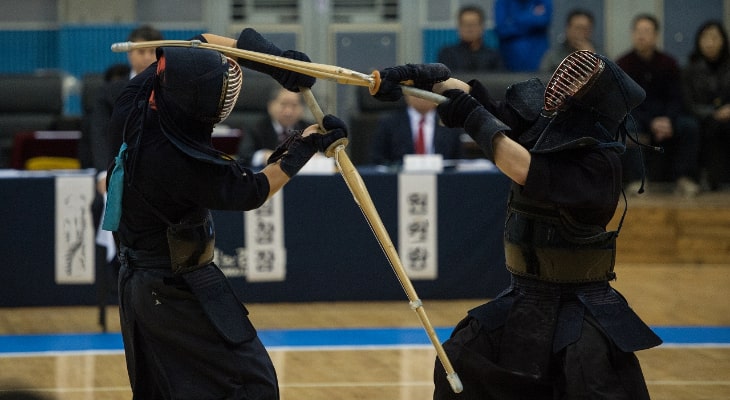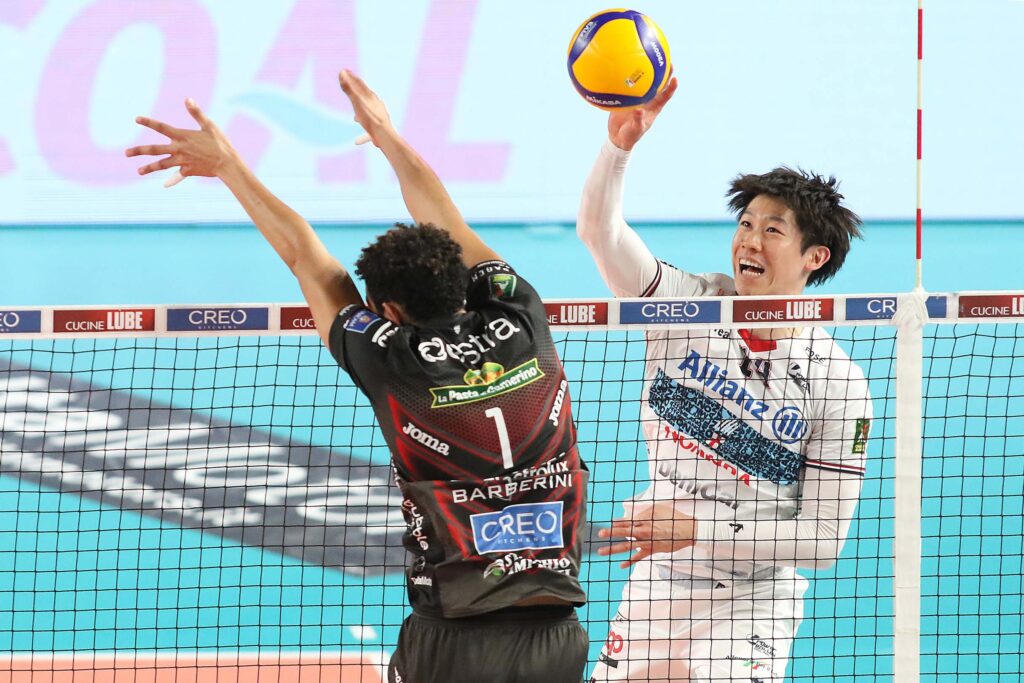
In the old days of volleyball, points were scored using the side-out system.
The rules have been revised and the current scoring system is now based on rally points.
This rally point system was an important turning point in the history of the Valley.
Officially adopted by the International Volleyball Federation (FIVB) in 1999, this system fundamentally changed the way volleyball matches are played and the viewing experience.
In this article, we will take a closer look at the rally point system, the background behind its introduction, and the impact it has had on volleyball.
After introducing the rally point system, we will also explain the side-out system.

目次
What is the rally point system in volleyball?
Overview of rally point system
The rally point system is a rule in a volleyball match in which points are awarded to the winner of each rally, regardless of which team received the serve.
. In the traditional side-out system, only the team that served could earn points.
This change increased the pace of the game and shortened match times, making it a more dynamic and spectator-friendly sport.
Background of introduction
Before the introduction of the rally point system, volleyball matches often lasted a long time, making the outcome difficult to predict.
This has been a problem in scheduling games and keeping viewers interested, especially in television broadcasts.
Additionally, the length of the games increased the physical strain on the players, which sometimes affected the quality of the matches.
In order to solve these problems and increase the appeal of volleyball as a sport, a rally point system was introduced.
impact brought about
-
Shorter match times and predictability: The introduction of the rally points system has made match times more predictable and friendlier for players and spectators. This has made it easier to schedule television broadcasts and events.
-
Improved competitiveness: Now that points are at stake in each rally, players are more focused and the game is more competitive. This led to higher quality and more exciting matches.
-
Diversification of strategies: Under the rally point system, both defense and offense became equally important. This made the team more strategic and diversified their game plans.
-
International Spread: Volleyball has become even more popular internationally as it has become easier to watch matches. In particular, volleyball’s status in major international competitions such as the Olympics has been strengthened.
The introduction of the rally point system transformed volleyball into a more dynamic and spectator-friendly sport.
The accelerated pace and shorter duration of matches are attractive changes for both players and spectators, and have greatly contributed to the spread and growth of volleyball.
This system represents the evolution of volleyball and will continue to play a key role in meeting the challenges and opportunities facing the sport.

What is the side-out system in volleyball?






